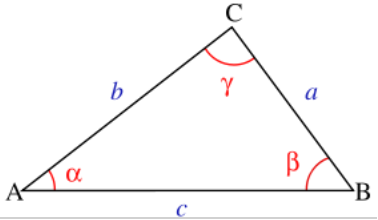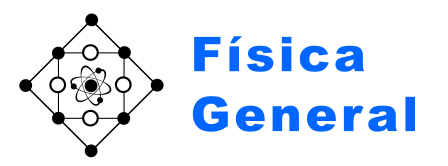Scalar product¶
The first of the vector products is the so-called dot product or internal product that results in an scalar value (in Spanish called producto escalar). This product is denoted by a dot between the two vectors that are being multiplied in the following way:
Definition¶
When the vectors \(\vec{a}\) and \(\vec{b}\) are expressed in the same orthonormal basis the scalar product is the sum of the product of the coordinates of the vectors, coordinate-by-coordinate,
Concept¶
The scalar product is strongly related with the projection of a vector, \(\vec{A}\), over a second one, \(\vec{B}\), meaning that, if both vectors are placed on a shared origin and we plot the perpendicular line to \(\vec{B}\) that crosses its tip. The projection is the distance from the origin that we measure from the origin along the line that follows the direction of \(\vec{A}\) until it crosses the line perpendicular to \(\vec{B}\) (see Fig. 12).

Fig. 12 Projection of a vector over another.¶
As seen in Fig. Fig. 12 the projection is the modulus of vector \(\vec{A}\) multiplied by the cosine of the angle formed by the vectors. As shown below, the dot product also takes the value,
That is, the projection of A over B, \(p_{AB}\), is
To show the equivalence of both definitions of the dot product above, we must pay attention to the cosine theorem (Fig. Fig. 13). Writing the dot product of the vector \(\vec{c}\) times itself \(\vec{c}\) we find:
Comparing this exprssion using the cosine theorem,
we observe

Fig. 13 Distances and angles on a triangle¶
Properties¶
The scalar product has the following properties,
Commutative property: The scalar product does not change when the order of the vectors is altered.
Associated property: Multiplying an scalar times a scalar vector is equivalent to multiplying a one of the vectors time the scalar.
Distributive property: The scalar product of the sum of two vectors is the sum of the scalar vectors
